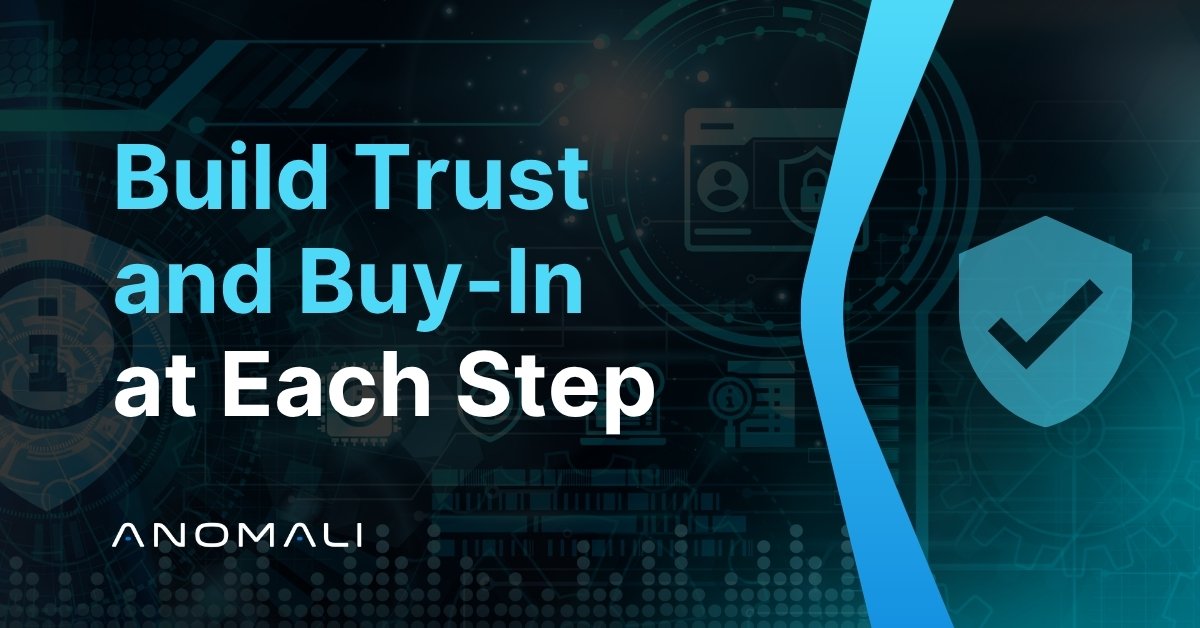Blog
Improving Security Operations with Intelligence-driven XDR
Highlights of Enterprise Strategy Groups research, The Impact of XDR on the Modern SOC, and how intelligence-driven extended detection and response helps improve security postures.

Joe Ariganello
November 18, 2021

<div data-aspectratio="1.6835443" id="experience-618be26197c3f" style="position: relative;width: auto;padding: 0 0 59.4%;height: 0;top: 0;left: 0;bottom: 0;right: 0;margin: 0;border: 0 none"><iframe allowfullscreen="" class="ceros-experience" frameborder="0" scrolling="no" src="//view.ceros.com/anomali/esg-stats-1" style="position: absolute;top: 0;left: 0;bottom: 0;right: 0;margin: 0;padding: 0;border: 0 none;height: 1px;width: 1px;min-height: 100%;min-width: 100%" title="ESG Blog Stats Embed Copy"></iframe></div> <script data-ceros-origin-domains="view.ceros.com" src="//view.ceros.com/scroll-proxy.min.js" type="text/javascript"></script> <p>Enterprises are increasingly adopting more complex security tools and architectures that include multiple layers of protection to empower their security team and keep up with ever-increasing sophisticated threats. While this approach can help protect against advanced threats, it also makes it difficult to correlate events across different security products installed across the architecture. As such, enterprises need to simplify their security solutions so they can gain better visibility into what's going on at each level within their environment.</p> <p>According to a survey conducted by Enterprise Strategy Group, The Impact of XDR on the Modern SOC, most respondents believe that XDR solutions offer significant benefits for organizations to increase their security posture when implemented correctly.</p> <p>First, let's define what extended detection and response (XDR) is. Dave Gruber, Principal Analyst at ESG says XDR is a method for bringing controls together to improve security telemetry collection, correlation, contextualization, and analytics. </p> <p>What did the <a href="{page_5780}">ESG research</a> find?</p> <p>Security Operations Center's are struggling with:</p> <ul> <li>Rapidly expanding digital attack surface: This comes as no surprise as digital transformation was not only accelerated because of the pandemic, it has grown exponentially with the growing work from home workforce.</li> <li>Growing complexity in the threat landscape: Threat actors continue to evolve and cyber attacks continue to increase in complexity, making it harder to keep up with an ever-changing threat landscape to identify complex attacks.</li> <li>Silos of security data: Security teams continue to work in silos, implementing tools, processes, and initiatives without effectively working cross-functionally.</li> <li>Overwhelming amounts of alerts: Analysts are suffering from alert fatigue, chasing false positives from security controls not fine-tuned for their environment, affecting their detection and response capabilities.</li> </ul> <p>Intelligence-driven XDR helps organizations:</p> <ul> <li>Gain greater insight into your organization's security stack and infrastructure</li> <li>Identify potential cyber threats with increased threat visibility</li> <li>Improve operational efficiency and security efficacy</li> <li>Reduce the number of false positives and negatives</li> <li>Simplify your security program and operations</li> <li>Utilize automation to offset the cybersecurity skills shortage</li> </ul> <p>Extended detection and response solutions collect telemetry from security tools in real-time to eliminate security gaps and provide an integrated platform for effective threat detection. </p> <p>Anomali provides an intelligence-driven extended detection and response solution that enables security analysts to pinpoint relevant threats, understand their criticality, and prioritize response. The result? Improved efficiencies and stronger defenses.</p> <p>The Anomali Platform is a cloud-native XDR solution fueled by big data management, machine learning, and the world’s largest intelligence repository, to automatically correlate ALL security telemetry against active threat intelligence, enabling organizations to understand what's happening inside and outside their network.</p> <p><a href="{page_5780}">Download </a>the ESG research to find out how XDR is changing the way organizations define and manage risk, as well as how XDR is impacting the role of the SOC in an organization. </p> <p>Or <a href="https://www.anomali.com/resources/whitepapers/the-definitive-guide-to-sharing-threat-intelligence">contact us</a> to see how an intelligence-driven XDR solution can help your organization.</p>
Discover More About Anomali
Get the latest news about cybersecurity, threat intelligence, and Anomali's Security and IT Operations platform.
Propel your mission with amplified visibility, analytics, and AI.
Learn how Anomali can help you cost-effectively improve your security posture.




